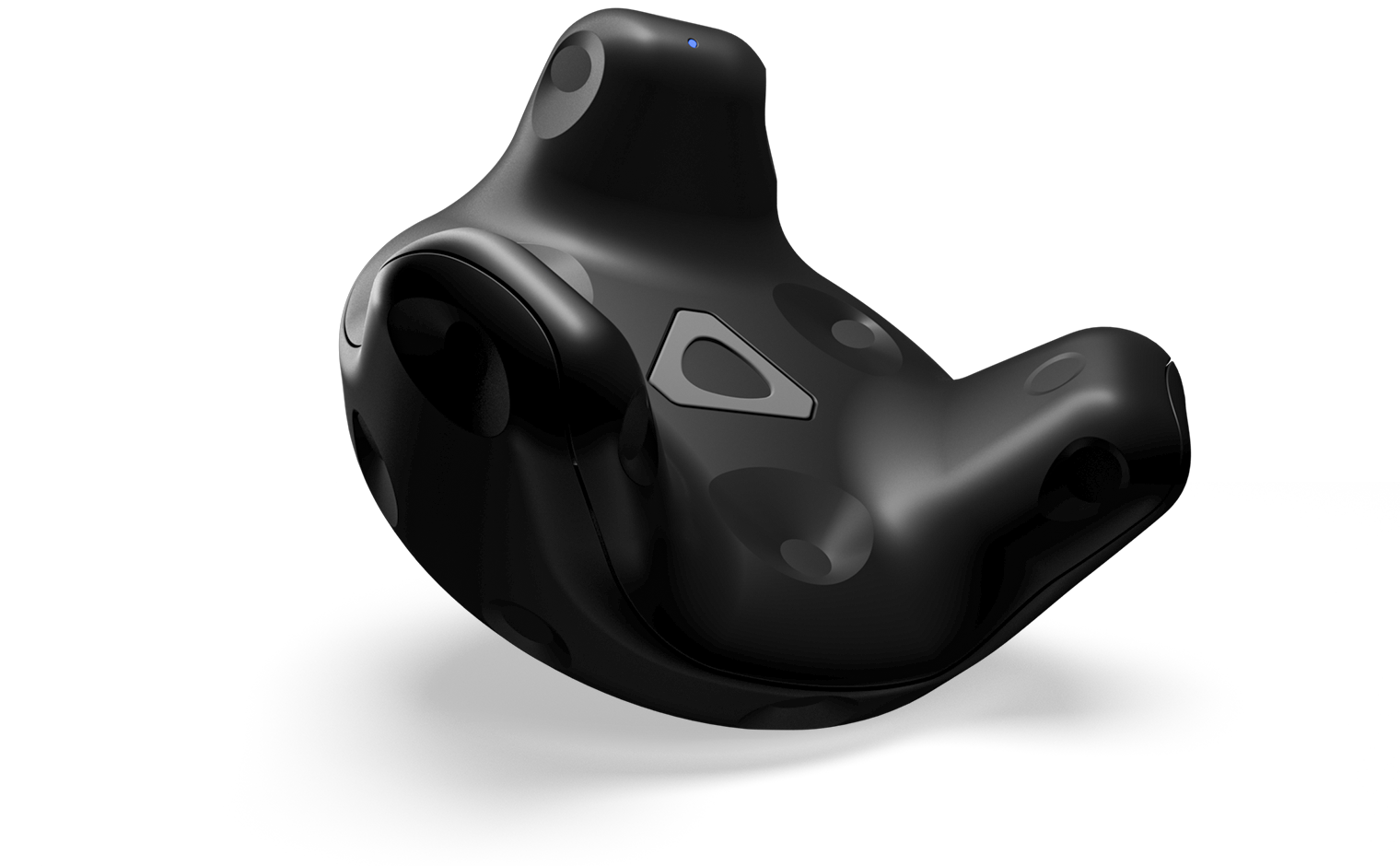HTC is releasing tutorials and project files for studio-created Vive Tracker projects as a new resource for VR developers.
The company is hoping that this will enable more developers to make their own controllers and hardware while developing for the Vive VR headset. This is the latest bid to provide innovative and immersive gameplay in a VR context, alongside efforts such as the Oculus release of a guitar-controlled Rock Band VR experience. According to research firm SuperData, the VR sector will grow to $4.9 billion this year, and Facebook, HTC, and other industry players are continuing to pour millions of dollars into funding content creation for a growing consumer base.

Unlock premium content and VIP community perks with GB M A X!
Join now to enjoy our free and premium membership perks.
![]()

![]()